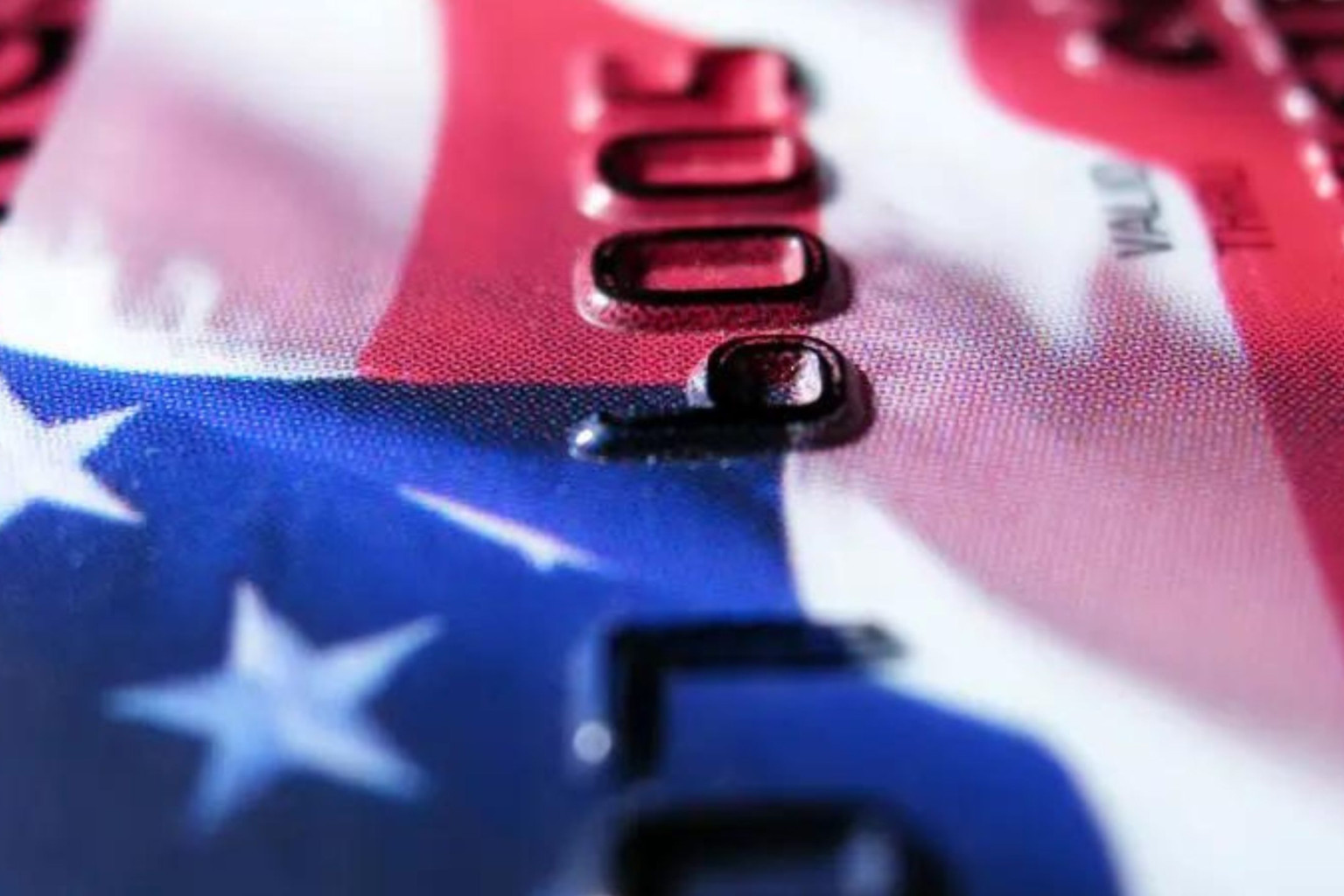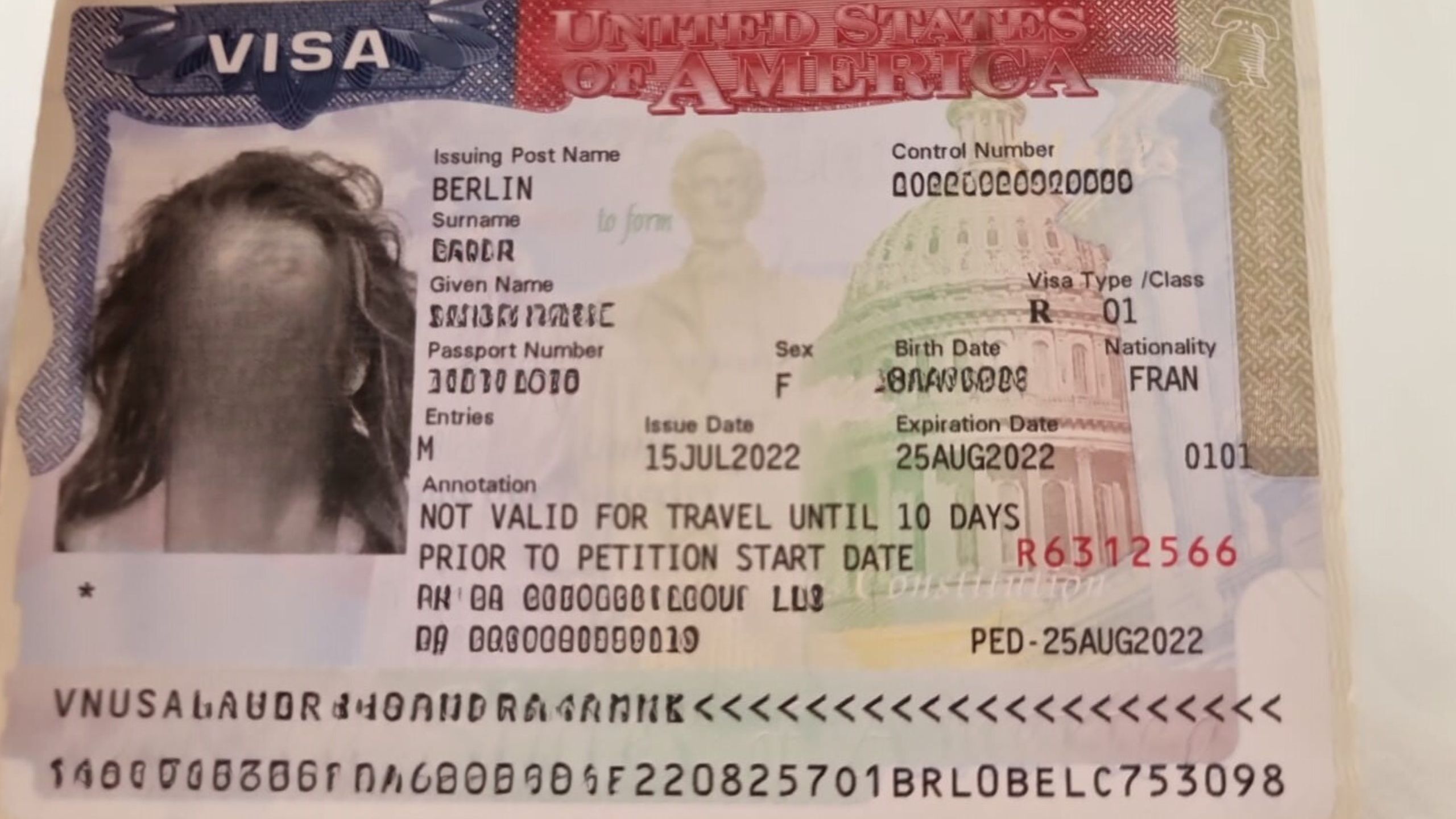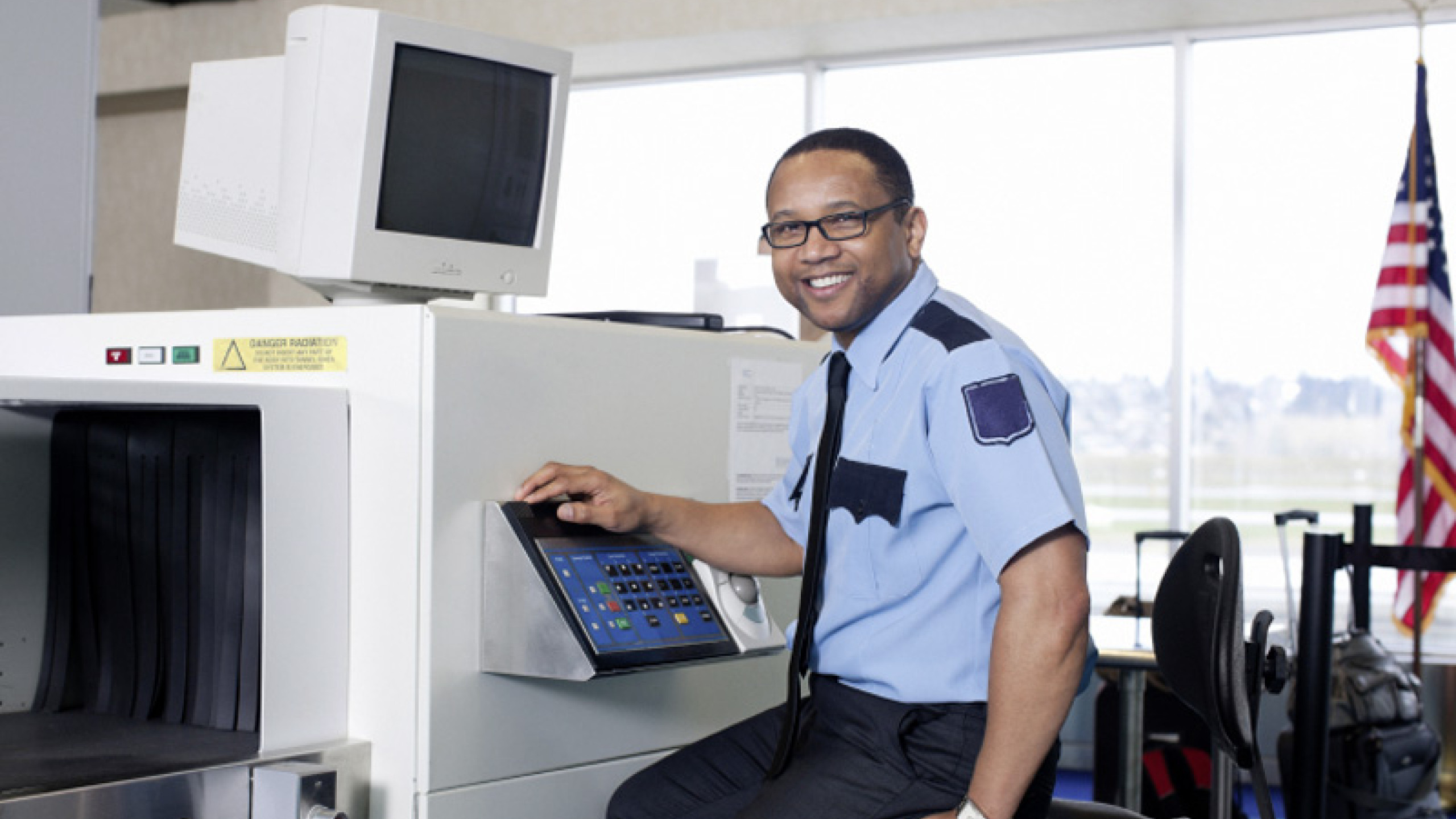The O-1 visa enables particularly talented foreign persons to take up employment in the USA with a US company or organization. Applications can also be filed through a US agency under strict conditions.
Visa category: work visa
Target group: particularly talented people from the fields of science, education, business, athletics, arts or entertainment who possess outstanding abilities
Validity: up to 5 years, extendable
Length of stay: depending on the contract and project duration or the duration of the work permit (maximum 3 years; renewable)
Characteristics: High requirements; work permit procedure first via US immigration authorities then visa application at the US consulate
The O-1 visa bears the official name "Extraordinary Ability or Achievement" by which is meant exceptional ability in specific fields of work. The O-1 visa is a traditional US work and residence permit designed to allow exceptionally talented foreign nationals to work in the United States for a limited period of time.
Extraordinary Ability in this context means that the person

Persons who accompany and assist the artistic or sporting performance of O-1 holders may obtain an O-2 visa upon application.
O-1 visa-holding artists or athletes may thus be accompanied or assisted by essential employees during their engagements and activities in the USA.
However, the O-2 category is limited to O-1A athletes (e.g. coaches) and O-1B artists (e.g. accompanying film crew, assistants of film and television professionals) and is subject to strict entry criteria.
O-1 visa applications can only be submitted by a US company, US organization or by a US agent in the role of petitioner for the respective employee (= beneficiary). Non-profit or government organizations as well as US universities or educational institutions can also apply for O-1 visas for foreign nationals.
As a rule, a US job offer is required and the O-1 visa holder is bound to this company. There is only one exception in the area of O-1B visas: here, a US agent or a US agency can submit the O-1 petition, even if there is no specific job offer. However, a corresponding agency/agent contract must be in place. People with an O-1B visa are tied to the US agency, but can work for various clients and projects, such as film projects.
Proof of the existence of a US company or a US organization is therefore a basic requirement. O-1B petitions from US agents or US agencies are also subject to strict review. For example, proof must be provided that the US agent is actually working as such, i.e. is "in business as an agent".
In any case, the job offer must be directly related to the person's exceptional abilities in the respective field of work.
Individuals with extraordinary abilities who wish to qualify for the O-1 visa must demonstrate their extraordinary abilities and skills in the respective field of work.
A distinction is made between the following two categories:
O-1A status is available to an individual who can be counted among the top in his or her field of work. For individuals in the fields of science, education, business, or athletics, this leading position is documented by important international awards, such as the Nobel Prize. Since such special awards are of course rarely given, "extraordinary abilities" can also be demonstrated by at least three of the following criteria:
For the O-1B “Arts” category, the focus is on proof of “distinction”, i.e. documentation that the artist is outstanding, famous, leading and/or well-known.
For O-1B persons from the film or television industry, “extraordinary achievements” must be documented - i.e. a high degree of recognition and success in the industry.
In order to qualify for an O-1B visa in either of the above categories, one must have received or been nominated for major national or international awards in one's field of work (e.g., the Academy Award ("Oscar"), Emmy, Grammy, or a Director's Guild award, as well as comparable awards within one's country).
Instead of one of these major honors or awards, individuals also qualify for an O-1B visa if at least three of the following criteria are met:
Proof of qualification other than O-1A or O-1B is also conceivable and can be attached to the application, so the lists are not exhaustive. It must be checked on a case-by-case basis whether a person qualifies for one of the specific areas and how this can be documented.

The exact duration of stay depends on the specific employment or project for which the O-1 visa is being applied for. This usually determines the period of validity of the O-1 petition (=work authorization I-797 Approval Notice from the USCIS), although this is specified in the initial application for maximum 3 years can be approved. Applications for extensions are possible, either in 1 or 3-year increments).
O-1 visa holders may remain in the United States for the duration of the work authorization granted and for a period of up to 10 days before the start of the validity period of the Approval Notice and 10 days after its end.
Please note, however, that you may only work in the USA during the period of validity of the work permit (and not 10 days before or after).
In theory, there is no time limit for staying in the United States in O-1 status: While the O-1 visa is valid, the holder may enter the US multiple times or stay in the US at one time, provided the visa remains valid for the entire duration of the entry procedures and the work authorization has not yet expired.
In practice, however, the final length of stay is determined by the respective border official upon entry into the USA. Even if an O-1 visa has been approved for a specific period of time, the border official has the authority to shorten or extend the authorized stay based on the actual circumstances at the time of entry. This decision is recorded on the I-94 formwhich officially documents the authorized length of stay. As a rule, however, the actual residence status is based on the validity of the Approval Notive I-797 (=work permit).
The validity of the O-1 visa refers to the period during which the visa holder is authorized to enter and work in the United States. Upon initial issuance, the O-1 visa may be issued by the U.S. consulate for a theoretical period of up to 5 years be granted. In practice, however, O-1 visas are often limited to the duration of the work permit (I-797 Approval Notice, USCIS), i.e. 3 years.
U.S. consular officers may limit the validity of the O-1 visa to less than the period of validity of the work authorization in some cases, for example, due to nationality (this is based on the Reciprocity Schedule).
The period of validity can be extended as often as desired by reapplying for and approving the visa, provided that a valid USCIS work permit is still available or has been extended.
With the O-1 visa, US employers must pay several fees to the U.S. Citizenship and Immigration Services (USCIS) as a first step:
In a second step, the O-1 consular fee of 184.50 € (205 $) by applicant is due. The visa fee is neither refundable nor transferable to other persons. Should there be a delay in your visa application, the proof of payment will remain valid for one year from the date of payment.
USCIS fees can be paid by money order, personal check, cashier's check, or with a credit card or debit card using form G-1450 (Authorization for Credit Card Transactions).
Payment of the visa application fee for the US consulates / US embassies can be made by online bank transfer, online payment by debit card or cash payment at a bank.

Furthermore, additional costs may be incurred for certain O-1 applicants:
You can find more information about the different visa fees, other possible costs and the current payment methods on our fees page.
It is vital that you fully understand and carefully plan the process for applying for an O-1 visa. This includes choosing the appropriate visa type depending on the purpose of the trip and qualifications, the correct completion of the application forms and preparation for the visa interview. There are many important details to consider.
The following section explains the steps for applying online for an O-1 visa for the USA and provides a guide to successful visa application.
O-1 applications are first submitted to the relevant US Citizenship and Immigration Services (USCIS) service center in the USA.
After the petition is approved by the USCIS, O-1 applicants must generally go through the consular process. This means that the O-1 visa in most cases must be applied for personally in a responsible US representation (US consulate or US embassy) in your home country.
All requirements for O-1 visa applicants and the US employer must be met before the visa application is submitted. In addition, all required documents should be complete and correct before applying for the O-1 visa.
The time required to apply for an O-1 visa depends heavily on the processing time of the US authorities, the interview date, but also on the cooperation of the companies.
The most time-consuming part of the O-1 visa application process is the compilation of the extensive documentation and the review of the I-129 form by the U.S. Citizenship and Immigration Services (USCIS).
If you receive an appointment for an interview at the US consulate / US embassy promptly after approval by the USCIS, most of the process is complete. The availability of interview appointments for the O-1 category varies depending on the US consulate or US embassy and the season.
It is important to note that in some cases an additional security check (administrative processing) may be required. This check can take several months and can lead to considerable delays in the visa application process.
You should therefore allow around 3 to 5 months to apply for your O-1 visa.
The application for an O-1 visa is made by the company or agency acting on behalf of the applicant. The application documents cannot be submitted by the applicant (=beneficiary) him / herself; the official applicant (petitioner) must be a US company.
The procedure for applying for an O-1 visa is divided into the following steps:
To obtain the O-1 visa, an advisory opinion is required. You may also be familiar with this certificate under the name no objection letter. This certificate is usually issued by the relevant US professional association or a US trade union or professional organization and certifies
If no US professional association is available, such an advisory opinion can be issued, for example, by recognized authorities from the respective industry. Generally, several independent opinions are then required.
O-1 applications must next be submitted by mail to the appropriate U.S. Citizenship and Immigration Services (USCIS) Service Center in the United States using Form I-129.
This petition must include extensive documentation about the US company/agency, with an emphasis on evidence of the beneficiary's exceptional ability and future US role.
After receipt of the O-1 application, the USCIS will decide on the petition (=work authorization) within a processing time of usually several weeks. This depends on the individual processing times of the responsible USCIS Service Center.
In principle, all applications submitted using the form I-129 (Petition for a Nonimmigrant Worker) can be filed with the USCIS, including the O-1 visa, the possibility of shortening the usually long processing times. This can be accomplished through the form I-907 (Request for Premium Processing Service) which is submitted for an additional fee of 2,805 $. The advantage of the Premium Processing procedure is that the USCIS guarantees applicants a response within 15 working days. This response usually contains an approval, a request for further documentation (Request For Evidence, RFE) or a rejection.
If the application is approved, the US company or the US agency will receive a letter of authorization (Approval Notice I-797) by post. With this approval notice, the O-1 visa can now be applied for at the relevant US consulate or US embassy in the applicant's home country.
The online form DS-160 on the website of the U.S. Department of State must be completed for this purpose. The online application form must contain detailed information about the applicant and the planned stay in the USA. The following documents should be kept ready when completing the DS-160 form:
Create a visa profile on the Visa Information Service website to process your O-1 visa application.
Here you can also pay the visa processing fee and make an appointment for the visa interview.
For your O-1 visa interview appointment, you must appear in person at the US consulate or at the US embassy where your documents will be checked and you will be interviewed by the consular officers.
The following documents must be prepared and brought along for the appointment at the US consulate or the US embassy:
Be prepared to answer questions about your visa application, your planned stay in the US and other relevant topics.
Usually, O-1 visa applicants are informed at the end of their visit to the US consulate or US embassy whether or not their visa application will be approved.
If your O-1 visa application is approved, you will receive your passport with the O-1 visa returned by post or can arrange a pick-up.
The O-1 visa contains important identifying information about visa holders and sets forth their rights and restrictions while in the United States.
It is crucial that you check this information carefully and ensure that it matches the requirements of your planned stay in the USA.

Here are the dates and information that can be found on a US visa:
The US consulates and embassies are responsible for issuing visas. The decision to issue an O-1 visa for the USA is usually made by the US consular officials on the day of the visa interview.
You can check the status of your US visa application check online at any time. Normally there are the following options:
Your O-1 visa was granted verbally by the US officials and is now being finalized.
After the O-1 visa has been printed or issued in the passport, the passport with the corresponding US visa will be sent by post.
In some cases, US consular officers decide not to approve the P visa immediately and issue a visa refusal under Section 221(g) of the Immigration and Nationality Act (INA). The consequence of this is the so-called Administrative Processing. The US visa application therefore requires a further security check and is subject to additional processing steps. Further documents or information may be required from you.
If the US officials conclude that you do not qualify for the O-1 category, your O-1 visa to the US will be denied. The denial does not have to be justified, but applicants who are denied a visa are usually given further instructions on the day of the interview appointment or sent a denial letter after a certain processing time.
The reasons vary greatly depending on the visa category and applicant (e.g. assumption of an intention to immigrate, suspicion of illegal employment, incorrect application documentation, convictions, previous immigration law violations).
First of all, after a visa refusal In principle, it is possible to submit a new O-1 application at any time. In theory, there is therefore no waiting period for applicants until the next submission.
In our experience, it is only advisable to reapply for the same category if the conditions or circumstances have changed since the first visa application and you are able to provide evidence of these changes or new circumstances.
It makes little sense to apply for a new visa if you still do not meet the requirements of the respective visa category (e.g. proof of exceptional ability etc.). In practice, a new O-1 visa can therefore usually only be (successfully) applied for after several months or even years.
After a visa refusal, applicants must start the visa application process all over again. In addition, an alternative visa category may be considered for a work visa under certain circumstances. This should be carefully checked on a case-by-case basis. However, no appeal can be lodged against a visa refusal.
The consequences of a refused O-1 visa for the applicant depend on the reason for refusal.
Although the US authorities do not have to justify the refusal, you can politely ask for the reason for the refusal at the interview appointment at the US consulate or embassy. This information will help you if you wish to reapply for the O-1 visa.
Your O-1 visa application should be prepared carefully and conclusively in the second attempt at the latest. This includes choosing the correct category, filling out the DS-160 online form completely and correctly and collecting meaningful evidence.
Many applicants assume that they can automatically enter the United States with an approved O-1 visa. In fact, however, an O-1 visa in the passport does not grant automatic entry into the United States. A US visa is not legally a residence permit, so even with an approved O-1 visa, there is no guarantee of entry.
In practice, this means that holders of a valid O-1 visa can apply for entry into the USA at a border crossing, such as an airport. In any case, the valid O-1 visa (in the passport) in combination with the valid work permit I-797 Approval Notice must be presented each time you enter the country. Only both together authorize entry into the USA. The final decision on entry lies with the U.S. Customs and Border Protection officers. These officials decide whether you will be admitted and, if so, for how long you will be granted residence status. It is therefore possible that you may be refused entry, at least in theory.
It is advisable after entering the country, online on the I-94 website system or on the entry stamp in your passport to check how long you are legally allowed to stay in the USA.

By the way: With Global Entry, certain biometrically registered and security-checked travelers can complete entry formalities independently and automatically at almost all major US airports. This allows foreign nationals to avoid long waiting times and enter the USA more quickly.
The period of validity of an O-1 visa cannot be extended, regardless of the visa category. Legally speaking, the extension of a visa always constitutes a new application. However, it is possible to apply for a new O-1 visa in good time before or after the expiry of an old O-1 visa. The O-1 visa can be reapplied for as often as required. However, the prerequisite for this is that your work permit (I-797 Approval Notice) is still valid or has been extended in the meantime.
It is important to note that the remaining period of validity of your old visa is not automatically transferred to the new visa. In addition, prior issuance of an O-1 visa does not guarantee a new visa approval. All application documents, including application forms and supporting documents, must be resubmitted to the U.S. Consulate or Embassy or, as part of the work authorization extension process, the I-797 Approval Notice to the USCIS.
It is therefore advisable to prepare the application carefully and ensure that all required documents are complete. This can minimize potential delays or rejections during the renewal process or reapplication.
When planning to reapply for your O-1 visa, you should bear in mind that processing times can vary considerably depending on the relevant US consulate or US embassy. You should therefore allow sufficient lead time.
Accompanying spouses and unmarried children up to the age of 21 may apply for derivative status, i.e. an independent O-3 visa.
Children who turn 21 or marry while in the US must either change their nonimmigrant status or leave the United States.
Spouses and children do not have a work permit with the O-3 visa, they only have the opportunity to attend an educational institution.

A consultation or advisory opinion (also known as a no objection letter) is required in the first step to obtain an O visa. This opinion is usually issued by the relevant US professional association or a US trade union / professional organization.
This certificate attests to the person's exceptional ability or performance and confirms that there are no objections to taking up employment.
For individuals with extraordinary achievements who wish to work in the US film or television industry on an O-1B visa, two advisory opinions are required:
If no suitable US professional association or US trade union exists, expert opinions from suitable experts (recognized authorities) can be submitted as an alternative.
In most cases, the professional associations and trade unions require the payment of a fee and the submission of the fully prepared O-1 petition in order to issue such a letter.
The U.S. Citizenship and Immigration Services (USCIS) provides on its website a (non-exhaustive) list of organizations ready to issue O consultation letters.
For applications for O-1 visas, there is no limit set by the US legislation (e.g. in contrast to the H-1B category). This means that an application can be filed at any time, provided that the entry requirements are met.
Global Entry can be used with almost all US visas and even ESTA authorization. If you have an O-1 visa, you can apply for Global Entry membership and enter the United States more quickly.
Wir und unsere Partner nutzen Cookies, um personenbezogene Daten wie z.B. Browsing-Daten zu speichern und abzurufen, um z.B. Inhalte und Werbung bereitzustellen und zu personalisieren sowie die Verwendung der Website zu analysieren und das Benutzererlebnis zu verbessern. Sie erfahren mehr über die Zwecke, für welche wir und unsere Partner Cookies einsetzen, wenn Sie unten auf den Button „Cookie Einstellungen“ klicken. Hier können sämtliche Einstellungen auch geändert werden. Nachträglich kann man jederzeit seine Cookie-Auswahl überdenken oder seine Einwilligung widerrufen, indem man auf den Link zu den Cookie-Einstellungen im Footer unserer Webseite klickt. Beachten Sie bitte, dass das Blockieren einiger Cookie-Typen unsere Möglichkeiten zur Bereitstellung von auf Ihre Interessen zugeschnittenen Inhalten haben kann oder einige Funktionen der Webseite nur eingeschränkt zur Verfügung stehen.
Durch klicken auf “Alle Cookies akzeptieren” stimmen Sie unserer Nutzung und der Weitergabe Ihrer Daten an unsere Partner zu.